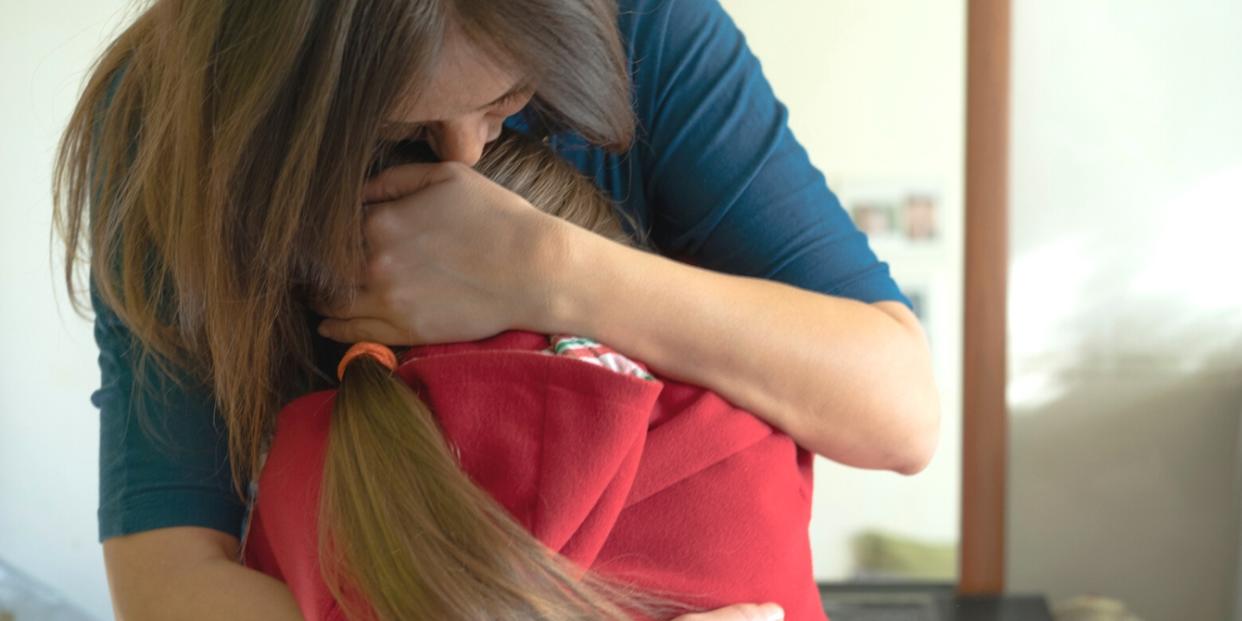How to help your child heal from trauma: 3 steps to start

As doctors, we know that physical health is closely linked to mental health, and past experiences can often inform the present—or even the future. Recent research reveals that stress hormones released when a child is exposed to excessive stress during critical stages of development are linked to chronic disease in adulthood. People who have experienced four or more of what scientists call “adverse childhood experiences” (ACEs) before the age of 18 are twice as likely to experience cancer, heart disease or a stroke, 11 times more likely to have dementia and 37 times more likely to attempt suicide. Those are scary statistics. But healing from ACEs and other childhood trauma is possible.
In my experience as a pediatrician, I’ve seen that many behavior and learning problems in kids result from them being exposed to excessive stress. I’m not talking about stress and anxiety from things like starting a new school or getting shots at the doctor’s office. Normal stressors like this are part of a child’s healthy development and build resilience. I’m talking about capital-T Trauma, like ongoing bullying, community violence, racism, abuse or neglect.
When a child’s stress system is always “on” from repeated, intense stress, the body releases stress hormones like adrenaline and cortisol. Like a car revving its engine for days or weeks, excessive activation of the “fight or flight” response leads to long-lasting wear and tear on a child’s developing body.
The good news is that we know how to prevent stress from causing long-term health problems. If your child has had a difficult experience, research tells us that activities that release happy hormones (like oxytocin) are helpful. Here are the three R’s that I recommend to parents to protect their kids from the negative effects of difficult or adverse experiences.
A pediatrician’s 3 steps to helping kids heal from trauma
1. Reassure
Kids need to hear verbally and feel physically that they are safe. Tell them: “Yes, that was a scary time, but everything is OK now.” Give hugs and touch. We know that pressure on the skin stimulates nerve endings that send calming signals to the brain. Make sure their physical environment feels reassuring. Let a child sleep in a tent in their room or use a bed tent, weighted blankets or stuffed animals.
2. Routine
Creating a daily routine puts everyday tasks on autopilot and makes kids see that things are predictable. The problem with difficult experiences and trauma is that it is unpredictable. Create a routine with their day and their meals. In families where parents are separating, this is really important. Things need to feel the same to feel reassuring.
3. Regulate
Kids can learn techniques to manage their body’s stress response. Teach relaxation skills like breathing or prayer. Deep breathing stimulates the vagus nerve that calms down the nervous system. If a child is too young to share their feelings in words, you can use a color system with kids. Ask, “Are you feeling orange today or purple?” And playing is important for regulating emotions. Play is an opportunity to pretend and for a child to create a new reality—and that can be comforting.
When faced with big challenges, the most protective factor is having a loving, consistent caregiver in a child’s life. Regularly give your child hugs and tell them you love them, no matter what. If your child is struggling with mental health, reach out to your pediatrician to talk about how to best support them and get them the help they need.
To learn more about the science of ACEs, take the online survey, or listen to Episode 29 of The Pediatrician Next Door Podcast: Healing from Childhood Trauma: Parenting and the science of ACEs and Toxic Stress.


